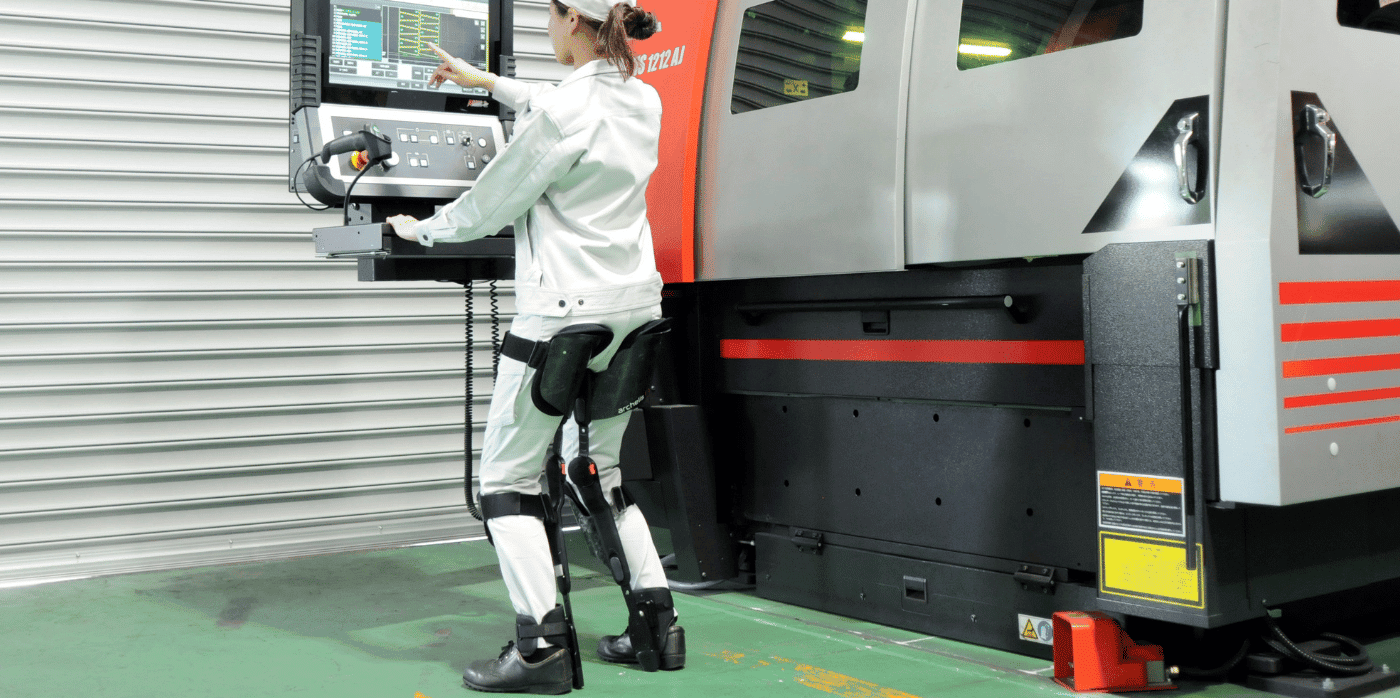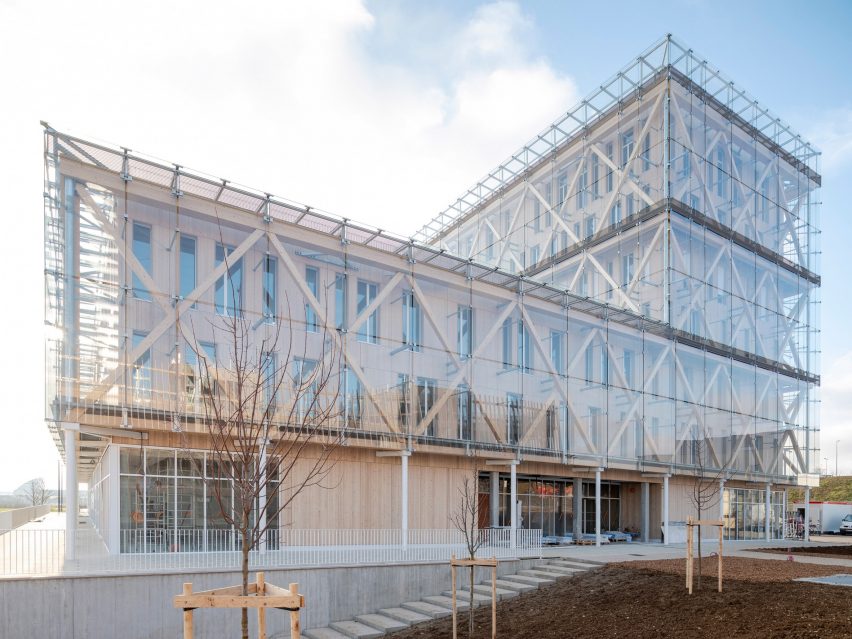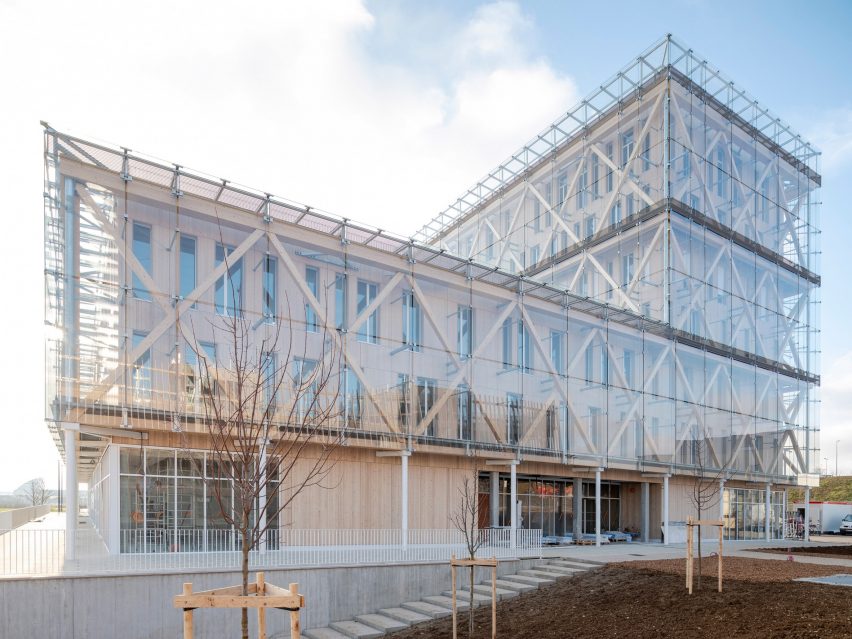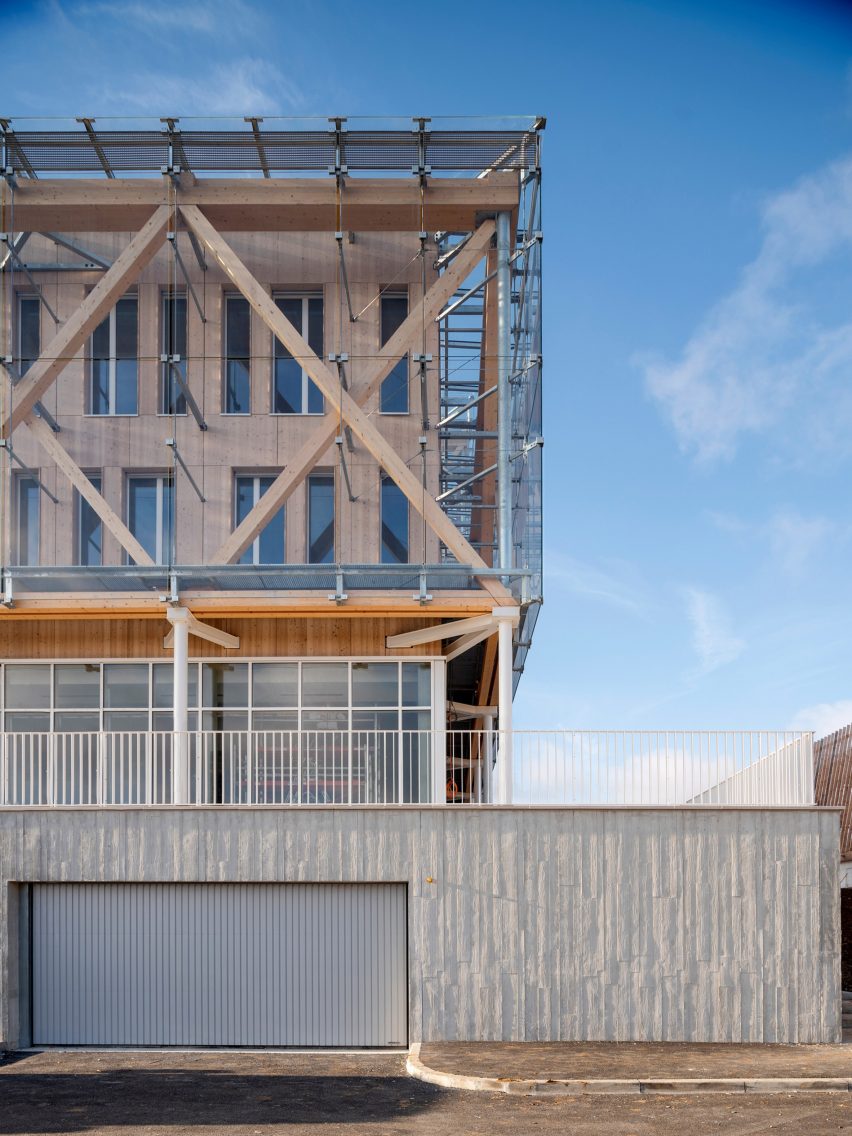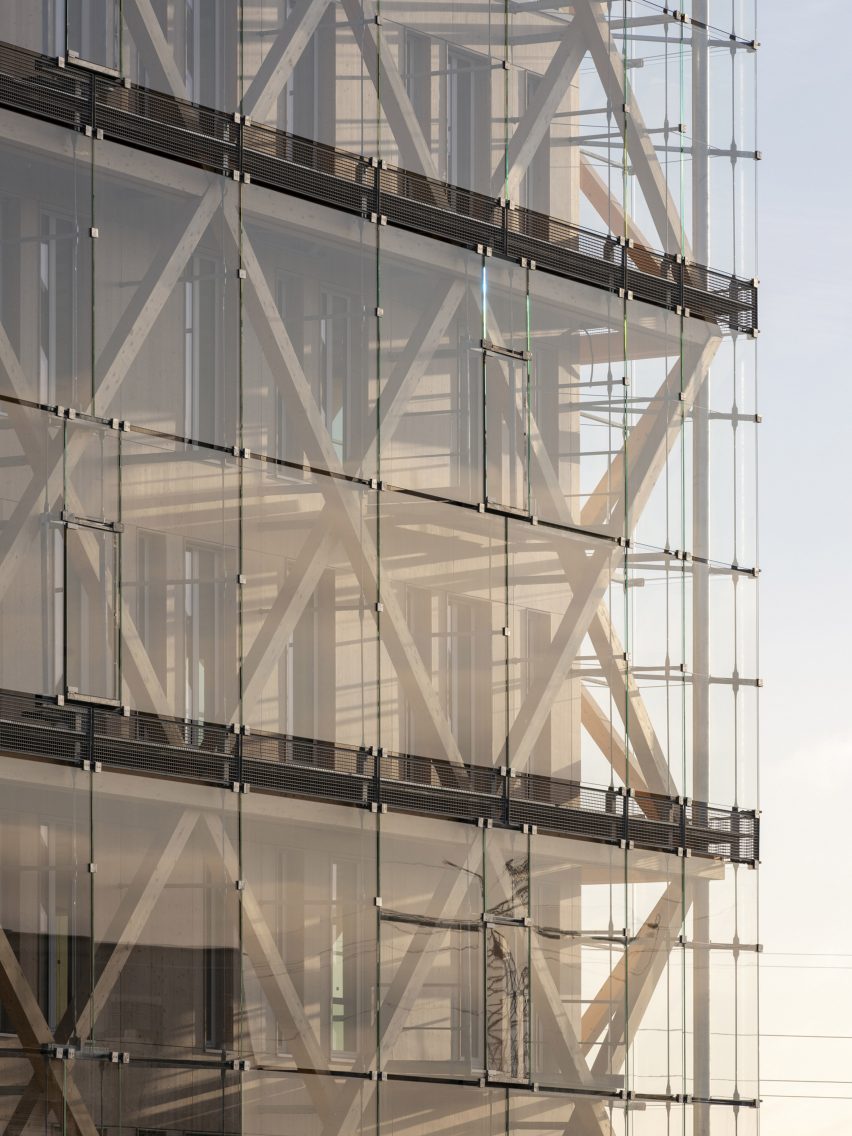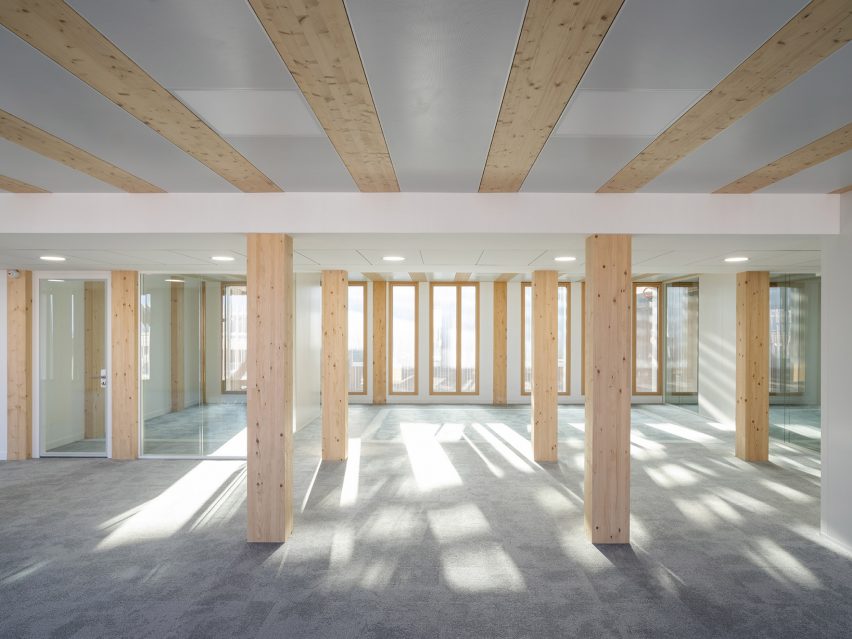An exoskeleton helps to remove pain when working standing up
Spotted: As anyone who has worked in a job that requires manual labour can tell you, spending all day on your feet is exhausting and hard on the body. In fact, one study found that occupational physical activity is associated with an 18 per cent increased risk of early mortality for men, likely due to the strain put on the cardiovascular system by repetitive movement. On top of this, repetitive manual labour can lead to fatigue and muscle, joint and bone pain, and injuries.
To help, startup Archelis has developed what it describes as an “exoskeleton assist suit” that enables leg-strain-free standing. The device is attached to the legs and allows the weight of the upper body to be dispersed and supported by the shins and thighs, reducing stress on the feet by as much as 50 per cent. In effect, it acts like a standing chair, but one that moves with the user.
In a demonstration experiment conducted by the Japanese Ministry of Health, Labour, and Welfare, the effect of using the Archelis exoskeleton was to reduce the muscle activity on the spine and calf muscles by up to 41 per cent and reduce the load on the lower back by 33 per cent. This year, the company has released an updated stick which is more flexible, lighter and faster to put on and take off.
The company started out with the intention of reducing the burden on doctors, who must stand on their feet for many hours at a time while conducting surgery. However, Archelis CEO Hideyuki Fujisawa has said that the company’s goal now is to “solve social issues by completely new ideas through technology and design.”
Springwise has also spotted a number of innovations aimed at helping those with mobility issues, including a brain-controlled exoskeleton and a fabric that stiffens and softens to provide both protection and support.
Written By: Lisa Magloff

